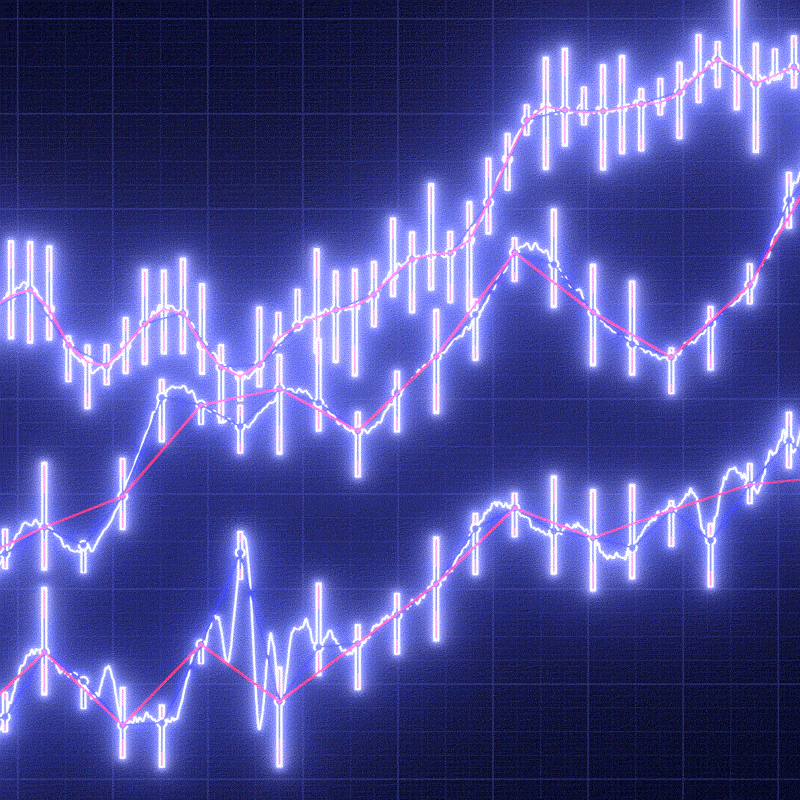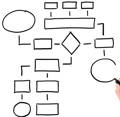Strength Training for Athletes
When beginning the adventure of strength training for athletes, we have to engulf ourselves in the ideology that we are piecing together this magical puzzle as part of a crazy journey. Coaches and athletes are on this journey as a team. Athletes start on any long journey at the beginning, coming into the gym or athletic realm with no idea where to begin. There are just a bunch of plots and points on the map with the end goal to achieve the dream vision.

The whole purpose of developing athletes is to be part of some crazy adventure story that is all about triumph. Coaches are part of many different journeys.
Initially, the main point is to understand the athlete, where he is going to go, and how much time you have together. The athlete establishes what sport they want to compete in and the coach works to develop them. The coach and athlete collaborate and continue that collaboration over the agonies of defeat and massive amounts of triumph to create an extremely awesome experience. Coaches and athletes learn how to overcome fear, self-conscious issues, and other barriers that stand in the way of the dream. Sometimes they win, sometimes they lose. And then overtime, the massive dream comes to life and you accomplish something crazy together.
Regardless of the outcome, athletes and coaches learn life lessons on this journey. Yes, these lessons help tremendously in sport but they also transfer to life outside of sport. Strength training as a medium teaches a lot.
Let’s start by looking at the strength training pieces that go into that puzzle.
Sport
When we go into strength training for athletes, we have to get into all the nitty-gritty details. The first thing we want to do is identify the sport the athlete will be competing in. From there, we have to label if the sport is open-skilled or closed-skill. Open-skill sports’ actions tend to be unpredictable. Think sports on a field or courts like football or basketball. Closed-skill sports are repetitive. Think weightlifting or throwing where athletes do basically the exact same movement every time. When we think of open-skill sports we want our brains to go to the idea of chaos coordination to fuel the thought process. Or, is it standard coordination. As coaches, we have to think things through to process what the athlete is involved with to be the guide to help them reach their dream.
From there, we have to look to see if the athlete is involved in a team sport or an individual sport. Factors behind coaching then get into the aspects of leadership roles, accountability, or reliance on teammates. There is a distinct impact from others, especially in a team setting and at times in an individual setting.
As we continue through this inventory, we have to get into what type of athletes we are dealing with. There are three types of athlete buckets we use for athlete typing. Simply put, we have type 1 (Zen), type 2 (Social), and type 3 (Meathead) athletes that we coach. Athletes are bucketed based upon their personality and training demeanor. Bucketing athletes into different types helps a coach program, lead, and relate to athletes.

Movement Perimeters
Let’s start by understanding what type of energy systems we are dealing with. We have the anaerobic alactic system (think ATP and under 30 seconds in length) or phosphagen system, glycolytic system (the body starts to use carbohydrates to create more ATP to fuel the body; think 30 seconds to 2 minutes in length), and aerobic system(anything that lasts over 2 minutes to a marathon ). Just remember, the systems are fluid and blend together. The systems are used in support of one another. For instance, the more refined the aerobic system is the better the alactic system stores ATP intramuscularly. With that quick, crash course, we HAVE TO factor in with strength training for athletes what energy system is being used.
Leading us into what type of range of motion the sport will use. Is it chaotic like football or wrestling? Or is it more standard like throwing or swimming, where athletes aren’t typically in very deep, full ranges of motion? Yes, the shoulders are in a full range of motion but there is typically no unaccounted, random force acting on that range of motion to create chaos.
Muscles And Force
We understand that range of motion could be a tennis player coming through with a service or a wrestler coming through with a shot. That leads us to think about what muscles are being used in those ranges of motion and actions specific to whatever sport is being dealt with. This then allows us to get into the idea of whether there are opposing forces at play in the competition.
Opposing forces in sport come in many forms. Wrestlers’ and football players’ muscles are opposed directly by other human beings. Swimmers are opposed by water. Runners are typically opposed by their own body weight. The opposing force plays a great role in sports performance.

Speed Of Play
Concepts of speed may involve locomotion, like running, or non-locomotive, like a shot in wrestling or a tumble in gymnastics. There are many ways to be fast that don’t involve running. There are differences in the way speed is involved from sport to sport. The differences in speed are based upon coordination, range of motion, muscles used, and energy systems.
Speed in sport is accentuated by superior hand and eye coordination often in sports based on the degree of need. A need for hand-eye coordination requires factoring in dynamic trunk control. Running with a stick in field hockey or striking a ball with a tennis racket are important factors. Throwing and catching a baseball factors in as well.
Time Of Development
How long does it take to develop a world-class athlete in a given sport?
How much time must be devoted to that development?
Can we expedite the process to speed things up to help the athlete get to dream quicker for some financial reward or internal reward to keep staying motivated and training?
The quick and to the point answer: it takes over a decade to achieve.

Interlinking The 9 Aspects
Leadership.
We need to communicate with athletes effectively. We have to motivate athletes. We have to hold athletes accountable without being jerks, We have to keep athletes focused.
Athlete Typing.
Athlete typing means figuring out what type of individual the athletes are: zen, social, or meathead. This must be done to help feed into leadership and how to communicate properly with the various personalities to be dealt with.
Programming.
Programming is fueled by the athlete typing, whether or not the athlete is playing an open or closed skill sport, and the length of the season just to begin. From there, think about the type of lifts necessary for the sport being trained for. Then it just becomes more stacked from there. Programming has everything discussed thus far feed into it: energy systems, range of motion, muscles used, opposing force, speed of play, and hand-eye coordination. EVERYTHING leads into programming.
Technical Coordination.
Technical coordination is weightlifting movements and reflexive movements. The exercises are complicated resistance-type movements that ask the body to coordinate rapidly. The type of sport will fuel the technical coordination and how much of it is needed. Learning the skills of technical coordination teaches athletes how to train more logically.

Absolute Strength.
Back squat. Pull-ups. Front squats. Single-leg squats. Bench press. Absolute strength plays a massive role in sports with a large opposing force like football or wrestling. Swimmers need absolute strength as well for actions like coming off the blocks or off the wall.
Plyometrics.
Plyometric works pieces into the speed of play. When we talk about the speed of play, we want to analyze it from a rapid movement. Reacting quickly is mimicked in speed by using plyometrics. Plyometrics train the body to have the skill to recruit and coordinate at fast speeds without the brain interrupting or interfering. We want the athletes to be skilled without a conscious direction.
Dynamic Trunk Control and Accessory Movements.
Specific dynamic trunk control or accessory movements are used to increase the structural integrity of the entire athlete. This helps develop an athlete that has minimal energy leaks, greater ranges of motion, and the muscles being used are not at a disadvantage.
Speed.
Speed comes in many forms. Identify if there is sprinting and running or if it is a game of quick reaction through hand-eye coordination. In addition, does the sport allow for athletes to reach maximal speed routinely or is the athlete more often accelerating from a zero-step and driving as hard as possible? The identification of how speed is used in the sport is a factor that directs the manner of training.
Nutrition.
Start with total daily energy expenditure. From there, figure out what type of protein content needs to be taken in, carbohydrates eaten to allow athletes to create ATP at the proper rate, and top it all off with some fat nutrients. The main point is to have enough calories to fuel the body to properly grow and perform.
Recap
With our specific athletes, we use this information as a flow chart to lead to the creation of a program. That said, big statement coming, absolute strength is the fastest way to decrease the time it takes to develop an athlete. As the point of diminishing returns sets in, we can start to highlight other pieces of the puzzle to pull from to best understand how a program can be figured out.
DANE MILLER
Dane Miller is the owner and founder of Garage Strength Sports Performance. He works with a select handful of clients on building comprehensive programs for fitness and nutrition. Several times a year he leads a workshop for coaches, trainers, and fitness enthusiasts.


